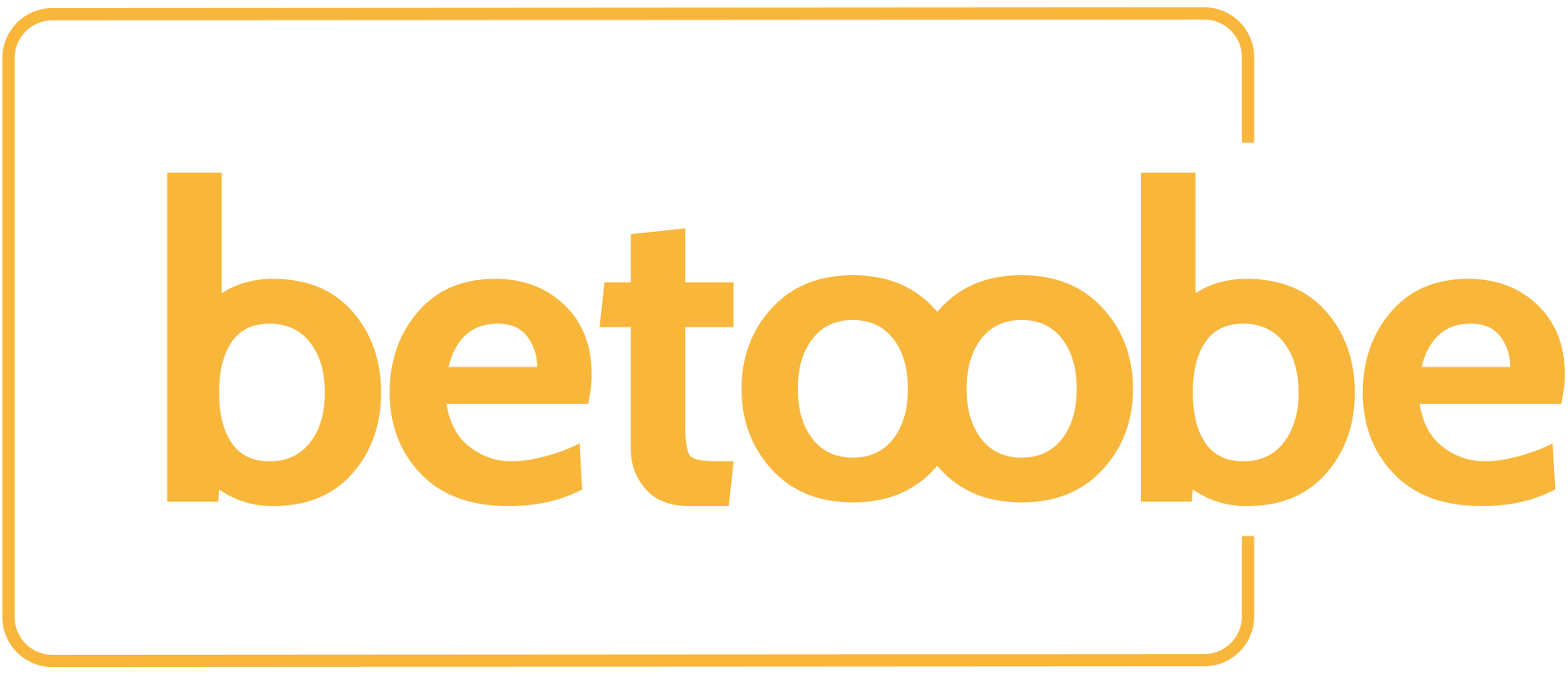A pathway to a Collaborative Innovation Ecosystem
[gv_edit_entry_link entry_id="95" view_id="42498"]Edit Insight[/gv_edit_entry_link] [gv_edit_entry_link entry_id="95" view_id="42498"][/gv_edit_entry_link]While I was grasping a cup of coffee, a colleague told me “You are Jugaad in your approach”.
Really?” I said. At that time, I hadn’t heard what Jugaad meant. I kept looking at her straight in the eyes as if the term held no mystery and asked “tell me more?.
Then I read the book “Jugaad Innovation” co-authored by Ravi Radjou. What my colleague meant by “Jugaad approach” became crystal clear; the essence of Jugaad is to improvise, and to quickly and cheaply cobble a solution together from the materials you have at hand.
Materials, people, ideas, existing solutions. But this goes beyond simply ‘frugal’ innovation. And includes ‘marginalia’ within the organization.
The essential elements of Thinking & Acting “Jugaad” means that:
- You take opportunity of every event to adjust your (change) journey;
- You are agile enough to change direction to get (even more) impact;
- You leave dogmas and beliefs behind you and accept peripheral or even subversive ideation;
- You think twice before acting (“Will that action bring me closer to my goal?”) as your time is limited;
- You iterate, experiment with almost no resource (the client is not willing to invest a lot of money from the start, the business plan is not fully realized, resourcing cycle will be too long and opportunity and energy momentum is here now!).
As a consultant, we have a short period of time to demonstrate that we can have impact, in particular on topics which are perceived as “fluffy-fluffy” like “cultural transformation” and ever-present and constantly changing “change”.
That is why a “Jugaad” approach is essential when helping our clients to build an collaborative innovation ecosystems to foster an entrepreneurial and innovative mindset within their company.
Such an approach has to be combined with principles emerging from studies on how to change company cultures.
Bryan Walker, partner at IDEO, wrote,” Changing Company Culture Requires a Movement, Not a Mandate.
Like social movements, it begins with a group of passionate enthusiasts who deliver a few modest wins. While these wins are small, they’re powerful in demonstrating efficacy to nonparticipants, and they help the movement gain steam. Leaders should not be too quick or simplistic in their translation of social movement dynamics into change management plan”.
I was also very much inspired by Leandro Herrero who wrote in his book “Viral Change”, that ” lasting change organisations is the result of an internal epidemic of success led by a small number of peoplefocused on a small set of non-negotiable behaviours”.
Helping our clients to foster innovation requires to combine several guiding principles, and to develop an approach which is jugaad and organic.
Innovation is not about new product or services, is about people first.






Responses